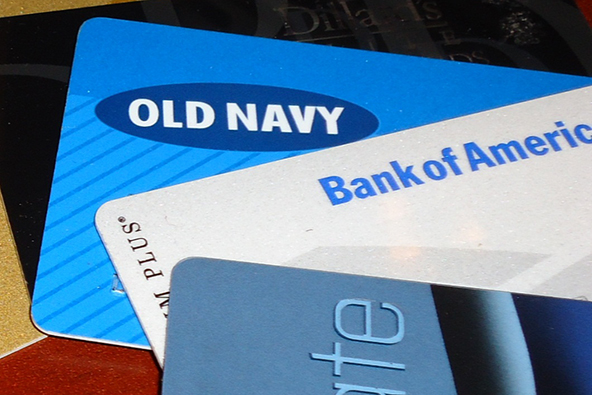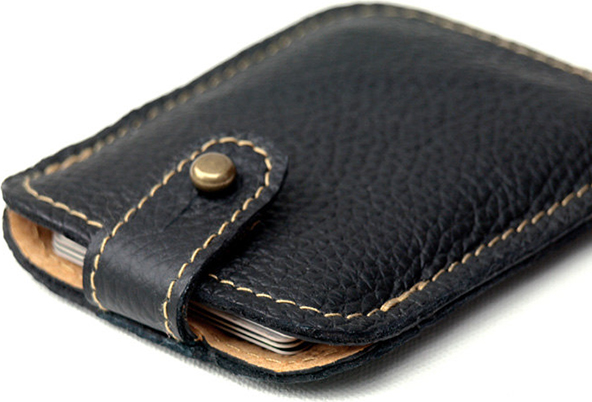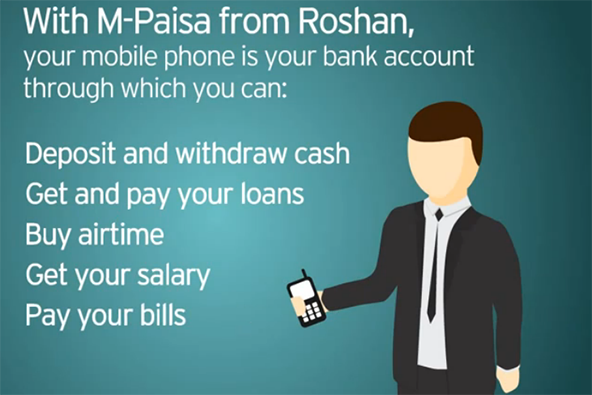How to Manage Chargeback Reason Code 81

Fraud prevention is probably what we write the most about on this blog. Why do we do it? Well, primarily because fraud can be very costly and damaging to our merchants. Yes, fraud is also illegal and we all have a responsibility to do our best to prevent it, but this blog’s primary objective is to educate merchants on how to accept card payments securely and at the lowest cost. Identifying and catching the perpetrators of fraud, while very important, is beyond our purview, apart from alerting and assisting the authorities when we have relevant information.
With that in mind, it’s worth taking a step back for a moment and considering what makes fraud costly. You see, technically speaking it’s not the fraudulent transaction itself, but it is the subsequent chargeback that reverses the sale. So in a way, fraud prevention can be seen as a part of a larger chargeback prevention strategy. A case in point is chargeback Reason Code 81, which I will review in this article.
What Is Reason Code 81
Card issuers initiate chargeback Reason Code 81 only in card-present transactions and when they receive a sales receipt that is missing required transaction information, which is an indicator of fraud. More specifically, this reason code can be used in the following circumstances:
- The sales receipt is missing the cardholder’s signature or has no imprint of the face of the card and either: the cardholder states that she neither authorized nor participated in the transaction or the issuer states that there was no valid card with that account number on the transaction date.
- A card-present transaction charged to a fictitious account number for which authorization approval was not obtained.
This reason code cannot be used for recurring payments and card-not-present transactions.
What Causes Reason Code 81
Reason code 81 is typically caused, because the merchant:
- Did not swipe the card through the point-of-sale (POS) terminal.
- Did not take a manual imprint of the card on the sales receipt for a key-entered transaction.
- Did not obtain the cardholder’s signature on the sales receipt.
- Completed a card-not-present transaction, but did not identify it as such.
- Accepted a chip card, but processed it as a fallback transaction (i.e. via magnetic stripe, key-entry or paper voucher), and did not follow applicable acceptance procedures.
Card imprint is only required if the terminal is not chip-enabled. If a chip card information was keyed into a chip-enabled terminal, the transaction is considered a fallback and, if an authorization approval is obtained, cannot be charged back.
How to Respond to Reason Code 81
Your response to Reason Code 81 will be determined by the actions you’ve already taken (or failed to take) and the circumstances into which you will find yourself, the most common of which are examined in the table below:
|
If: |
Then: |
| The account information was “read” from the card’s magnetic stripe. | Request that your processor send a copy of the authorization record to the issuer as proof that the mag-stripe was read. Provide a copy of the sales receipt as well. |
| A card imprint was taken on the sales receipt. | Provide your processor with a copy of the sales receipt, which also must feature the cardholder’s signature; otherwise you should accept the chargeback. |
| A card imprint was not taken. | If the transaction was card-present, but the information was key-entered and an imprint was not taken on the sales receipt, there is no remedy and you should accept the chargeback. |
| The cardholder’s signature was obtained on the sales receipt. | Send a copy of the sales receipt to your processor. You also need to prove that the card was present, which you can do by providing either a manually imprinted sales receipt or an authorization record proving that the magnetic stripe was read. |
| The cardholder’s signature was not obtained.* | If you did not obtain your customer’s signature in a card-present transaction, accept the chargeback. |
*Cardholder signature is not required for transactions processed under the Visa Easy Payment Service (VEPS). Under this program, face-to-face merchants can accept cards for payments under $25, without requiring a cardholder signature or a PIN.
How to Prevent Reason Code 81
As usual, this type of chargeback can be prevented by following best card acceptance procedures. More specifically, for all card-present transactions you should:
- Obtain the cardholder’s signature on the sales receipt. The exceptions are chip-based (unless fallback procedures are followed) and transactions processed under the VEPS program. Always compare the signature on the sales receipt to the one on the back of the card. If they look different, make a Code 10 call.
- Obtain a record of the card’s number and expiration date on the sales receipt. You can do this by:
- Swiping the card through the POS terminal or
- Making a manual imprint of the face of the card on the sales receipt.
Of course, as always, training point-of-sale staff on proper card acceptance procedures is key.
The Takeaway
A high number of Reason Code 81 chargebacks can be an indicator of internal fraud. The best way to verify whether or not this is the case is to look into the sales receipts related to the chargebacks at issue and determine which POS terminals and staff were involved in these transactions. If you see a pattern, you should investigate further or may want to contact the authorities for assistance. You should definitely call the police if you confirm that a member of your staff is perpetrating card fraud, which is a criminal offense.
The more likely cause, however, would be that sales staff is insufficiently well trained on card acceptance procedures and operating your POS devices. If that is the case, we have developed plenty of educational resources to help you, which are freely available for download. Additionally, you can contact your POS vendor and request training on using their machines. There is really no excuse for not being able to accept payments properly.
Image credit: Lisathetaxlady.com.


